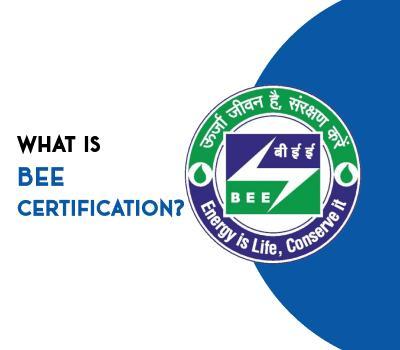CCTV Cameras and Recorders Testing As Per IS 13252(Part 1):2010
_2010-1.jpg)
If you make CCTV cameras and recorders, you should build them with the best quality and care. Nowadays, people give their top priority to buying high-quality, safe, and reliable CTV cameras and recorders. This ensures effective security and peace of mind for them. Today, retail, banking, healthcare, education, hospitality, and hundreds of other industries use CCTV cameras and recorders. They use these devices to prevent theft, vandalism, and unauthorised access.
CCTV camera and recorder testing, as per IS 13252(Part 1):2010, is the best practice that manufacturers follow before launching their products in the market. This testing ensures the detection of flaws and checks how their CCTV cameras and recorders work in various real-life situations. Let’s explore the essence of CCTV cameras and recorders testing as per IS 13252 (Part 1): 2010. Here we go!
What are CCTV Cameras and Recorders Testing As Per IS 13252 (Part 1): 2010?
CCTV cameras and recorders testing, as per IS 13252(Part 1):2010, is a dedicated test for ensuring the safety and consistent performance of CCTV and recorders. A trained team of professionals performed it before the products were sold in the market. This is the standard required for manufacturers to indicate that their equipment is safe to use and does not cause electric shock, fire, or other hazards.
CCTV camera and recorder manufacturers seek support from a leading camera testing lab to test their advanced CCTV cameras and recorders for testing, as per IS 13252 (Part 1): 2010. Their team of testers performs a series of tests to find hidden internal faults in CCTV cameras and recorders. They show you comprehensive information regarding your device’s functionality, safety, and longevity. That enables you to rework on your device and build products that are safe and credible to use in homes, offices, and public places.
Why is CCTV Camera and Recorder Testing as Per IS 13252 (Part 1): 2010 Important?
If you want to gain a deeper understanding of the importance of CCTV camera testing as per IS 13252(Part 1):2010, here’s what you need to know! This evaluation method is crucial for ensuring public safety and product trust. A team of environmental testing technicians inspects your CCTV and recorder equipment to detect hidden defects that may not show up during normal use but could cause serious problems later. Testing your electrical equipment with this mechanical testing standard gives confidence to both buyers and users. Furthermore, this helps manufacturers avoid legal issues and recalls and makes their products compliant with both Indian and international markets.
Methods of CCTV Cameras and Recorders Testing
Testing CCTV cameras and recorders involves dozens of testing methods. Each has its own purpose and goal, and manufacturers follow it to ensure their products are reliable and ready for the market. CCTV recorder testing includes surge testing, drop testing, vibration testing, dust resistance testing, and more. Let’s talk about the best testing methods for CCTV cameras and recorders:
Electrical Safety Testing
Electrical safety testing is important because it checks whether the CCTV device works properly with electricity. This test involves several evaluation methods, such as insulation, grounding, and protection against electric shock. Test Labs ensure that there is no risk to the user while handling and using the product. Moreover, it also shows that the CCTV camera can operate safely under various voltage conditions.
Overheating and Fire Hazard Testing
Overheating and fire hazard testing is another CCTV recorder testing method that aims to check whether a CCTV camera or recorder gets too hot during prolonged use. A team of testers conducts this test to ensure that your appliance does not catch fire or damage surrounding objects because of overheating. This testing is very helpful in avoiding any potential risks and ensuring that the product remains safe for use even under high-temperature conditions.
Mechanical Strength Testing
This test is dedicated to checking the physical strength of the camera or recorder. A testing lab team with their advocated tools and equipment is testing your CCTV device and its body parts like screws, wires, and outer covering. That ensures the product can handle drops, vibrations, or rough handling during installation or daily use without breaking or failing.
Bottom Line
CCTV Cameras and Recorders Testing as Per IS 13252 (Part 1): 2010 standard is indeed important to check the accuracy, safety, and performance of CCTV cameras and recorders. This method not only ensures product durability but also helps improve its innovation. When a respected testing lab identifies areas for technical enhancement that ensure compliance with strengthening industry demands and support certification processes. Small and large manufacturers stay competitive and build brand reputation in the industry. CCTV camera testing is important for delivering dependable and high-performing surveillance systems. We hope this guide helped to understand the essence of CCTV cameras and recorders testing as per IS 13252 (Part 1): 2010.
Categories
Related Blogs
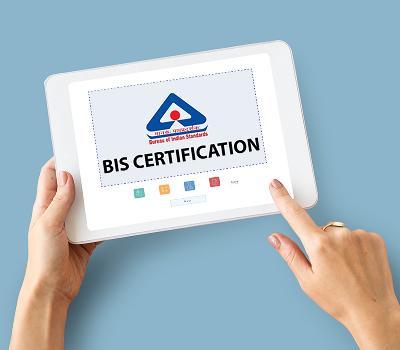
BIS Certification: Process, Types and Validity
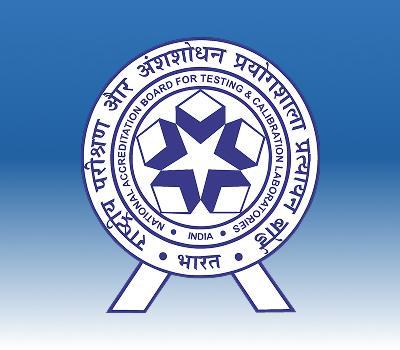
Advantage and Disadvantage of NABL Accreditation

Best BEE Testing Laboratory in India
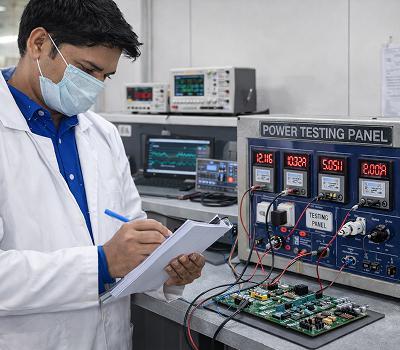
Best BIS Approved Laboratory in Chennai
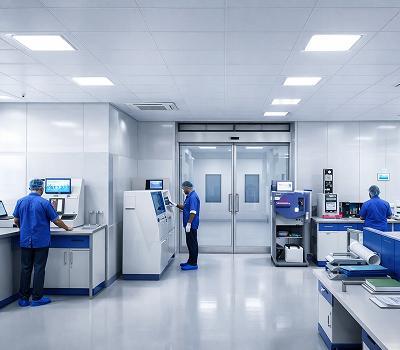
NABL Accredited Labs in Chennai

Best Testing Laboratory in Delhi

Best Testing Laboratory in India
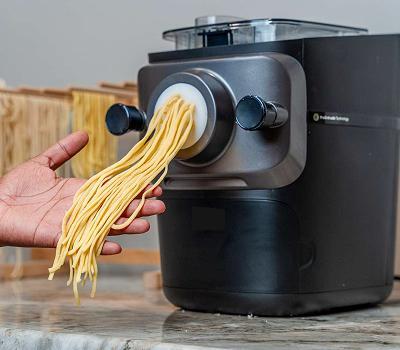
BIS Certification for Electric Noodle Makers IS 302 (Part 1): 2024
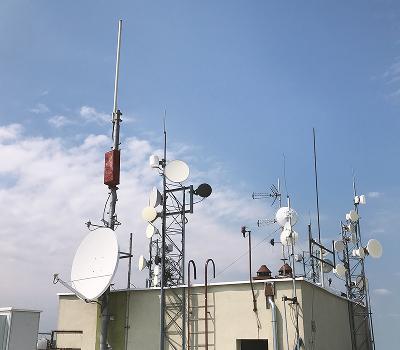
Telecommunications Equipment Testing Solutions
